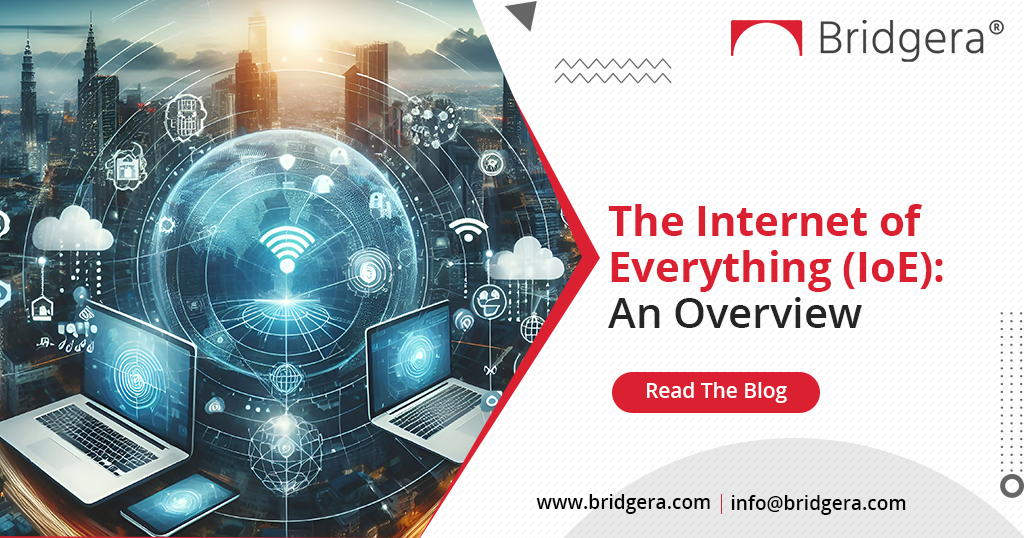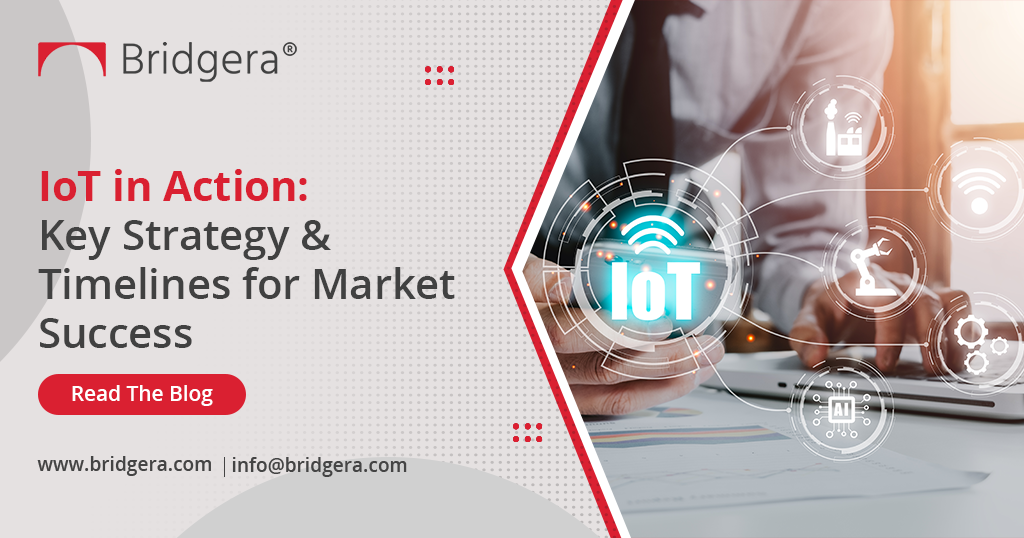Understanding IoT Cloud Integration Services
The integration of IoT and cloud computing has opened up growth avenues for businesses. IoT cloud integration services enable businesses to manage data, monitor assets, and make data-driven decisions. Key benefits include scalability, cost efficiency, enhanced security, and real-time data processing. Effective IoT cloud integration is crucial for businesses to stay competitive.
Read MoreThe Evolution of Manufacturing: Embracing Smart Manufacturing and IoT
The manufacturing industry has transformed with digital technology, adopting smart and connected systems. Smart manufacturing promotes customization, efficiency, and sustainability through IIoT, automation, and digital twin systems. This shift is driven by evolving customer needs and global competition.
Read MoreThe Internet of Everything: An Overview
The Internet of Everything (IoE) is a concept that expands on the Internet of Things (IoT) by connecting people, processes, data, and things. IoE enables businesses to create robust networks of interconnectivity, driving efficiency, innovation, and sustainability. This concept has far-reaching implications for businesses, workforce dynamics, and innovation.
Read MoreA Concise Overview of IoT Production Monitoring Systems
Industry 4.0 has transformed the manufacturing landscape, making IoT production monitoring systems crucial for smart factories. These systems provide real-time data analysis, enhancing operational visibility, resource management, and employee productivity. They also reduce operational costs and increase overall equipment efficiency.
Read MoreIoT in Action: Key Strategies and Timelines for Market Success
To ensure the success of IoT projects, it's crucial to set realistic goals and timelines, employ a phased implementation approach, and identify and overcome barriers to change. By building strategic partnerships and continuously learning and adapting, businesses can achieve long-term growth and stay competitive.
Read MoreSearch Our Blog
Editor's Picks
Blog Topics
- 5G
- AI Agents
- AI in Logistics
- AI Transformation
- AIoT
- Air Quality Monitoring
- Artificial Intelligence of Things
- Asset Tracking
- Big Data
- Business Intelligence
- Clinical Trial Management
- Cold Chain Monitoring
- Condition Monitoring
- Design
- DevOps
- Digital Twin
- Enterprise IoT
- Equipment-as-a-Service
- Healthcare IoT
- Industrial IoT
- Internet of Everything
- Internet of Things
- IoMT
- IoT
- IoT 2020
- IoT Analytics
- IoT Application Maintenance
- IoT Cloud Integration
- IoT Cloud Platform
- IoT Co-engineering
- IoT Company
- IoT Connectivity Management
- IoT Consulting
- IoT Data
- IoT Development
- IoT Device Management
- IoT Ecosystem
- IoT in Agriculture
- IoT in Fleet Management
- IoT in Manufacturing
- IoT in Oil and Gas
- IoT in Transportation
- IoT Integration
- IoT Management
- IoT Monitoring
- IoT OEMs
- IoT Outsourcing
- IoT Platform
- IoT PoC
- IoT Product Development
- IoT Production Monitoring
- IoT Prototyping
- IoT Security
- IoT Software
- IoT Solutions and Services
- KPI Monitoring
- News
- Predictive Analytics
- Predictive Maintenance
- Preventive Maintenance
- Rapid Prototyping
- Remote Monitoring
- Senior Care Solution
- Smart Cities
- Smart Energy Management
- Smart Logistics
- Smart Manufacturing
- Smart Packaging
- Software Development
- Solar Monitoring System
- System Integration
- Telehealth
- Telemedicine
- Water Monitoring Solutions





